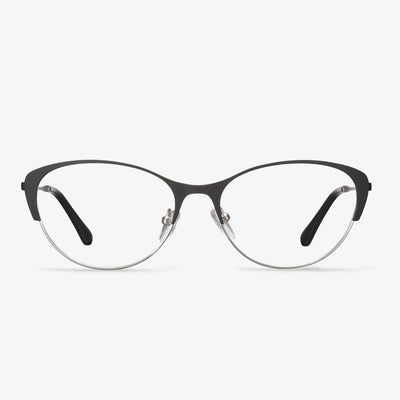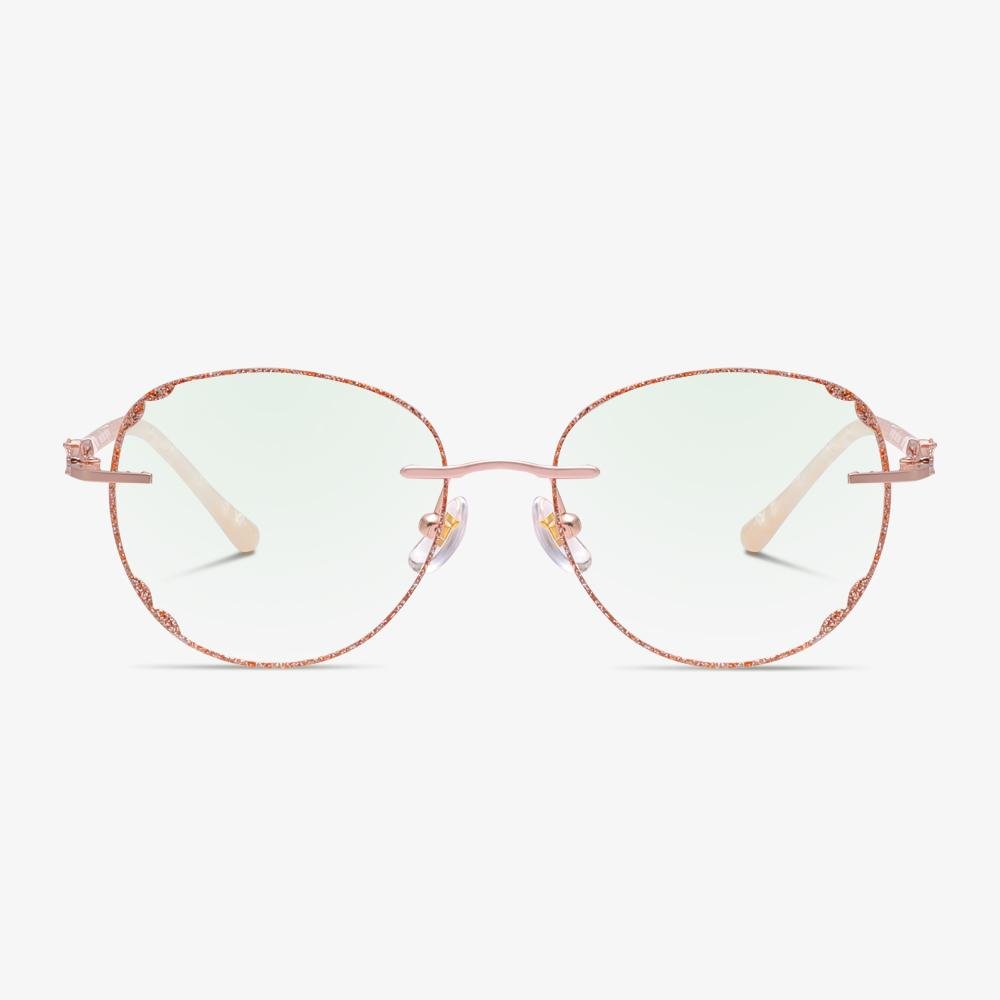The lenses of prescription glasses
Common materials for lenses include glass, resin, and PC. The glass is fragile and heavy, and few people wear it anymore. PC film is tough and not fragile, but it is not resistant to high temperature and the surface is easily scratched. The most common type of lens on the market today is the resin lens, which is light in weight, hard to break, and reasonable in price. At present, it is generally recommended that you choose resin sheets, and it is recommended that people with ultra-high myopia choose glass sheets.
Generally, lenses can be divided into spherical and aspherical surfaces according to different curvature designs. When choosing, refer to the degree of the eye. For people with lower degrees, There are fewer differences between the two shapes. For people with moderate to high myopia, aspherical lenses will have better imaging effects and clearer vision.
When choosing a lens, a parameter that is often mentioned is the refractive index. Common refractive indexes are 1.56, 1.60, 1.67, and 1.74. With the same degree, the higher the refractive index, the thinner the lens.
Does it take time to get used to new prescription glasses?
People who wear new advanced glasses usually have an adjustment period. For novices, please gradually adapt to the glasses. In the first 2-3 weeks, increase the wearing time every day to adapt to the lens. For example, wear it for 1-2 hours on the first day, then add 2 hours a day until you feel comfortable. Before driving, please try it at home. Remember, you need to turn your head and move your eyes to find the 'sweet spot' for the activity you care about.
For experienced wearers, even under the same prescription, a new incremental pairing is required, and some adjustments are usually required. Progressive lens design, frame shape, and many other factors will also affect the adjustment time.
Drivers can wear night-vision goggles
Night-vision goggles can prevent headlights from blinding, add color saturation, and make the field of vision clearer. The normal night vision glasses are golden yellow in color and have a metal coating on the surface. This is the use of diamond high perspective reflection film technology, in the lens to add color and film layer, in order to maximize the brightness of the object being seen. It is to compensate for the light for driving, which makes light pass through your eye. It can increase the three-dimensional sense of objects, making the line of sight more clear, to avoid confusion caused by blinding headlights.
Vintage, Large Round Glasses
Round frames will be popular in 2021, but not only that, square and rectangular face shapes will work well. They can be mixed and matched with everything from business clothes to stylish sweaters and hats. If you're looking for a bolder look, oversized round frames are perfect for you. Smaller frames are more elegant, but you can opt for stylish colors.
How to Find Reading Glasses Strengths?
Some reading glasses also come with strengths. So, how do you know what strength reading glasses to get and how to find reading glasses strengths? The strength of all reading glasses is measured in dioptre, with units increasing by 0.25 dioptre depending on the power of the lens.
The reading glasses strengths range from +0.75 dioptre to +3.00 dioptre. Both lenses have the same power which is indicated by a permanent marking on the inside of the frame or with a removable sticker on the lens. So, you can find the reading glasses strengths of the glasses.
The important thing you need to notice is that when higher the number, the greater the power of the lenses is when choosing reading glasses. So, glasses with a marking of 1.0 are low power while those marking +3.0 are high powered.
What is the best lens material?
MR stands for Mitsui Resin, a raw material for optical lenses made by Mitsui Chemicals in Japan. It is the first high refractive index lens material produced by polyurethane technology in the world. It has the characteristics of high refractive index, high Abbe number, low specific gravity, high impact resistance, and so on. MR series material, with high impact resistance, good tensile strength, and minimal internal stress, is very suitable for the unique design of lens products, like rimless glasses and high bending lenses, etc. At the same time, it has good processing, dyeing, and weather resistance.
Contact Lens Material - PHEMA material
It is the earliest material used in the production of contact lens hydrophilic material. The main advantage is water absorption, with a water content of about 38%. The material is soft, but its disadvantage is only partial oxygen permeability.











































